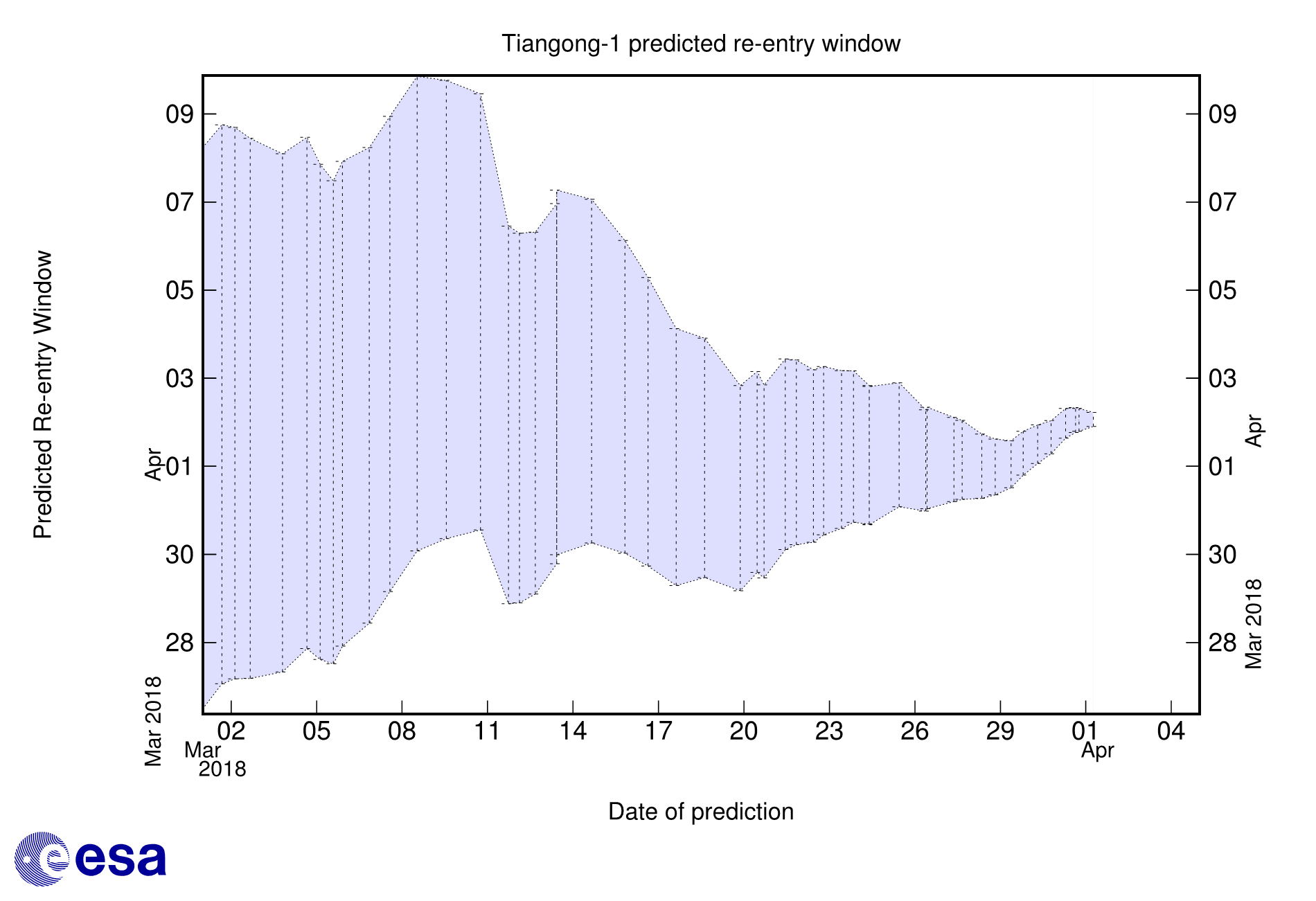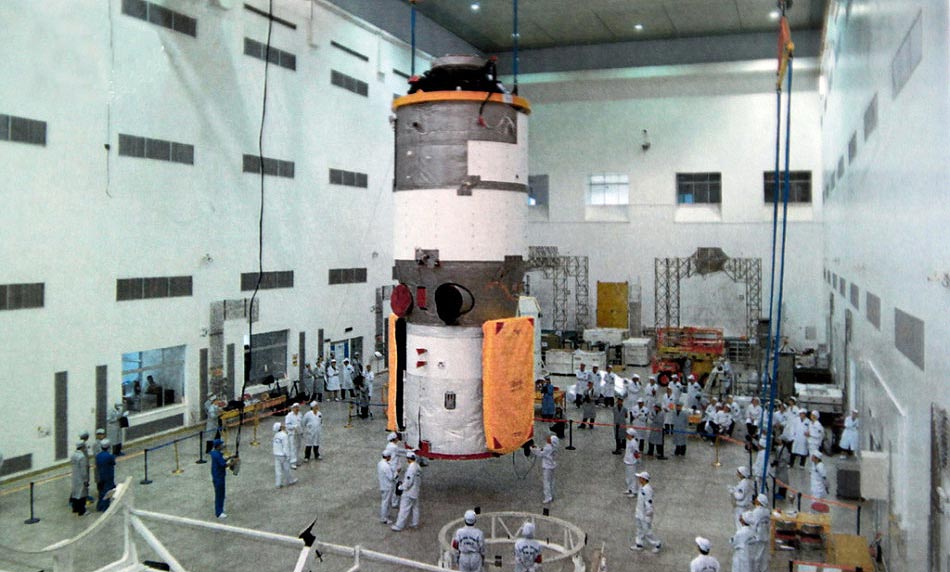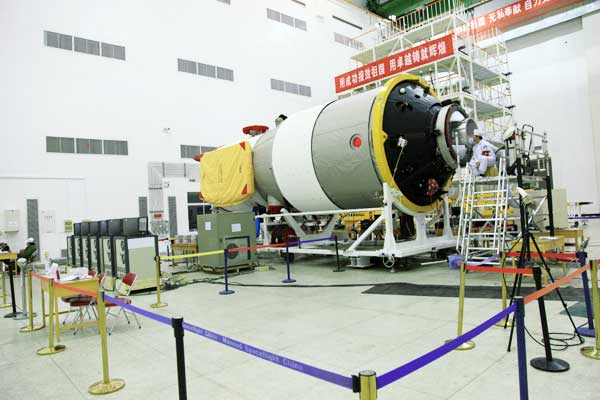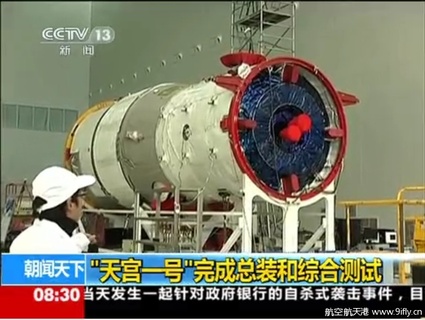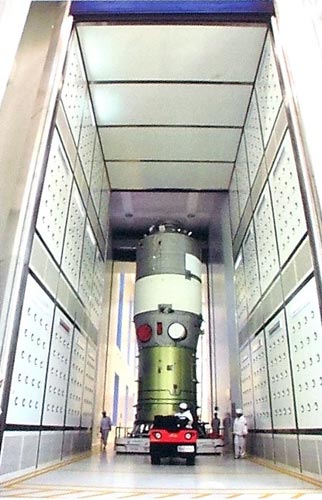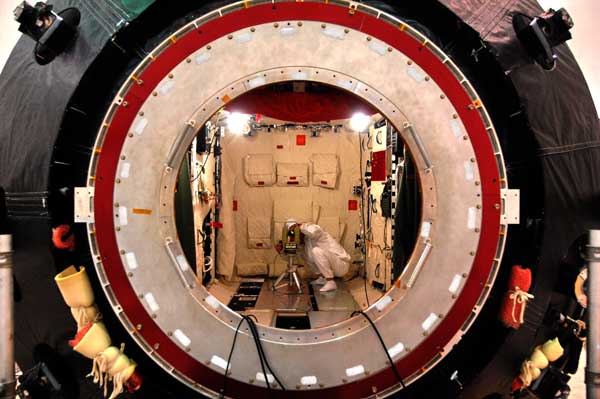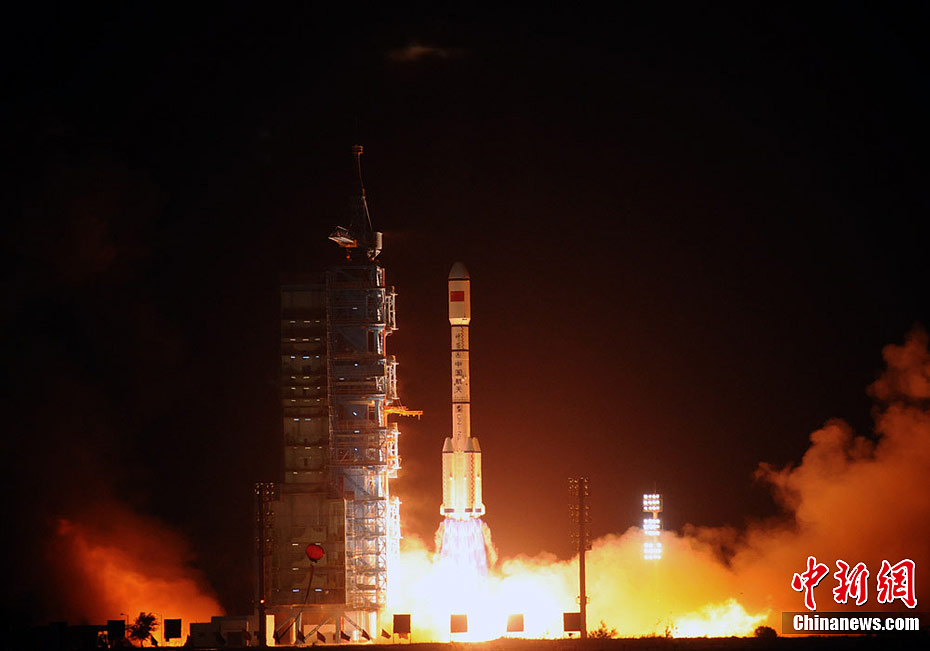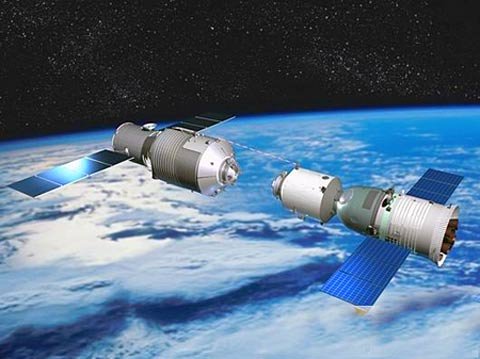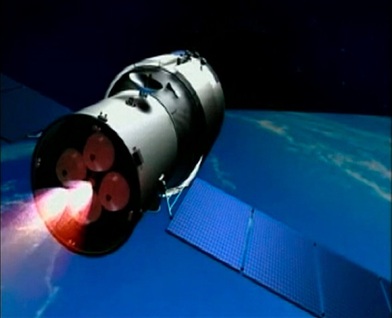Tiangong-1 Re-Entry Updates
China's abandoned Tiangong-1 space laboratory is approaching an uncontrolled re-entry on April 1st or 2nd, around two years after the 8.5-metric-ton spacecraft ceased operations and began a slow descent from its Low Earth Orbit. Considered a high-risk object, Tiangong-1 can re-enter anywhere between 43° North and 43° South and a number of fragments of the ten-meter-long spacecraft are expected to survive re-entry and reach the ground.
A detailed overview of the Tiangong-1 mission and its upcoming re-entry is available here.
Tiangong-1 has Re-Entered
The U.S. Joint Space Operations Center announced on Monday, April 2, 2018 that China's Tiangong-1 space laboratory re-entered Earth's atmosphere over the Southern Pacific Ocean. Based on the orbital decay point, all surviving debris will have fallen into the Pacific, away from any major land masses.
Re-Entry occurred at 0:16 UTC ±1 minute over a position of 13.6°S. 195.7°E. (Referring to the 80-Kilometer passage of the object.)
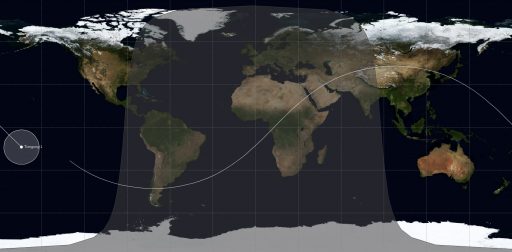
Satellite Tracking
Quick Facts
Object: Tiangong-1 (Int. Designator: 2011-053A; NORAD: 37820)
Launch: September 30, 2011 - 3:16 UTC
Site: Jiuquan Satellite Launch Center, China
Launch Mass: 8,506 kg (Dry Mass: ~7,500 kg)
Length: 10.4 m - Module Diameter: 3.35 m - Wingspan: 17 m
Purpose: Serve as China's first long-duration space laboratory to provide information on space station technology and operations as well as required techniques like docking maneuvers in automated & manual mode. Tiangong-1 welcomed the uncrewed Shenzhou-8 docking demonstration in 2011 and the crewed Shenzhou-9 and 10 missions in 2012 and 13.
Planned Mission Duration: 2 Years, Achieved Mission: ~4.5 Years
Potentially Surviving Objects: Docking Mechanism, Windows, Solar Arrays Drive Mechanisms, Pressurization Tanks, Engine Parts
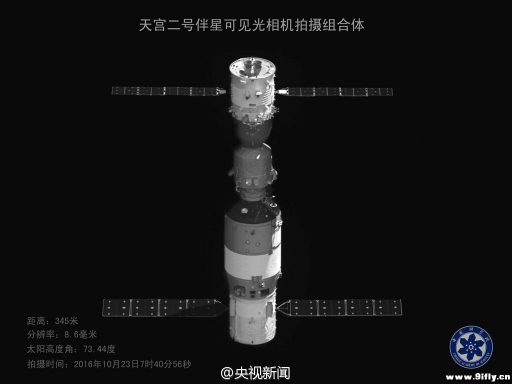
 Credit: calsky.com
Credit: calsky.com
